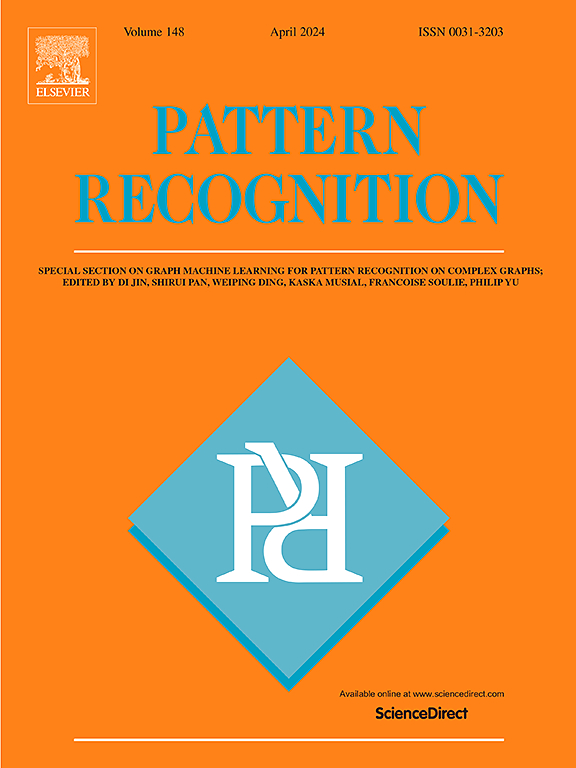Enhancing outdoor vision: Binocular desnowing with dual-stream temporal transformer
IF 7.5
1区 计算机科学
Q1 COMPUTER SCIENCE, ARTIFICIAL INTELLIGENCE
引用次数: 0
Abstract
Video desnowing, aimed at removing snowflakes and enhancing the quality of videos, is a crucial yet intricate task essential for improving the effectiveness of outdoor vision systems. Compared to rain and haze, the inherent opacity and diverse morphology of snowflakes result in more pronounced background occlusions, thereby challenging the efficacy of current desnowing techniques, particularly those focusing solely on images or videos captured from a monocular perspective. To address these challenges, this paper proposes a Dual-Stream Temporal Transformer (DSTT) to advance snow removal and visual enhancement by leveraging comprehensive information from stereo views and spatial-temporal cues. More specifically, it incorporates a Dual-Stream Weight-shared Transformer (DSWT) module to exploit spatial information from different views. This module employs a hierarchical weight-sharing strategy to extract fused spatial features across different views from low-level to high-level layers. Subsequently, the Dual-Stream ConvLSTM (DS-CLSTM) module is introduced to capture temporal correlations across streaming frames. By combining temporal-spatial cues and complementary details from diverse views, videos can be effectively restored while preserving the original content’s details. In addition, two binocular snowy datasets – SnowKITTI2012 and SnowKITTI 2015 – are presented, providing a valuable resource for evaluating the binocular desnowing task. Comprehensive experiments evaluated on both synthetic and real-world snowy datasets demonstrate that our proposed method outperforms the state-of-the-art baselines.
增强户外视力:双流时间转换器双目降雪
视频降雪术是提高户外视觉系统有效性的一项重要而复杂的任务,其目的是去除雪花并提高视频质量。与雨和雾霾相比,雪花固有的不透明性和多样的形态导致了更明显的背景遮挡,从而挑战了当前降雪技术的有效性,特别是那些只关注从单目视角拍摄的图像或视频的技术。为了解决这些挑战,本文提出了一种双流时间转换器(DSTT),通过利用来自立体视图和时空线索的综合信息来推进除雪和视觉增强。更具体地说,它包含了一个双流权重共享转换器(DSWT)模块,以利用来自不同视图的空间信息。该模块采用分层权重共享策略,从低层到高层提取不同视图间的融合空间特征。随后,引入双流ConvLSTM (DS-CLSTM)模块来捕获跨流帧的时间相关性。通过结合时空线索和不同视角的互补细节,可以有效地还原视频,同时保留原始内容的细节。此外,还提出了两个双目降雪数据集SnowKITTI2012和SnowKITTI 2015,为评估双目降雪任务提供了有价值的资源。综合实验评估合成和现实世界的积雪数据集表明,我们提出的方法优于最先进的基线。
本文章由计算机程序翻译,如有差异,请以英文原文为准。
求助全文
约1分钟内获得全文
求助全文
来源期刊

Pattern Recognition
工程技术-工程:电子与电气
CiteScore
14.40
自引率
16.20%
发文量
683
审稿时长
5.6 months
期刊介绍:
The field of Pattern Recognition is both mature and rapidly evolving, playing a crucial role in various related fields such as computer vision, image processing, text analysis, and neural networks. It closely intersects with machine learning and is being applied in emerging areas like biometrics, bioinformatics, multimedia data analysis, and data science. The journal Pattern Recognition, established half a century ago during the early days of computer science, has since grown significantly in scope and influence.
 求助内容:
求助内容: 应助结果提醒方式:
应助结果提醒方式:


